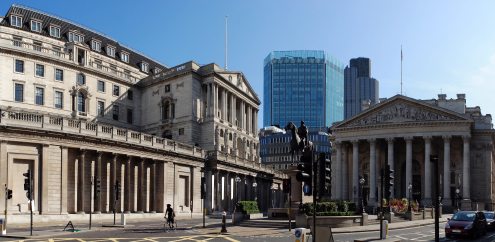Robert Stheeman, chief executive of the DMO, said the state-backed body was watching the Bank’s £325bn quantitative easing (QE) programme “incredibly carefully” over concerns that the scale of its intervention could distort prices in the gilts market reports The Telegraph.
Having bought almost a third of the total gilts in issue, the Bank has effectively taken a large portion of the market out of circulation – reducing the tradeable supply and potentially impacting investor interest.
“As long as the gilts market remains liquid and efficient, and is able to take down our supply with the minimum amount of disruption to the price formation mechanism, I am happy,” Mr Stheeman said. “If we see signs that liquidity in the market is being seriously affected by the Bank’s purchases, of course we would talk to the Bank. We watch their operations incredibly carefully. But so far so good.”
Asked whether more QE would risk pushing up the cost of Government debt, he conceded it “could”. He added that there have already been instances where liquidity has been affected.
The DMO must this year raise £168bn in the markets to fund the deficit and help finance public services. The Office of Budget Responsibility has estimated that an increase in gilt yields of just 0.1 percentage points would add £900m to debt interest costs by 2015.
Mr Stheeman’s concerns are counter-intuitive because QE is supposed to reduce gilt yields, thereby lowering borrowing costs throughout the economy – as it successfully has so far. The Bank has estimated that the original £200bn of QE cut gilt yields by about one percentage point and the Chancellor has claimed the low rates are saving “this Government a total of £36bn compared to its predecessor”.
Concerns about QE in its current form are growing, though. A number of economists have questioned the effectiveness of conducting further gilt purchases, and at least two members of the Bank’s rate-setting Monetary Policy Committee (MPC) have urged the Governor to consider buying other assets.
